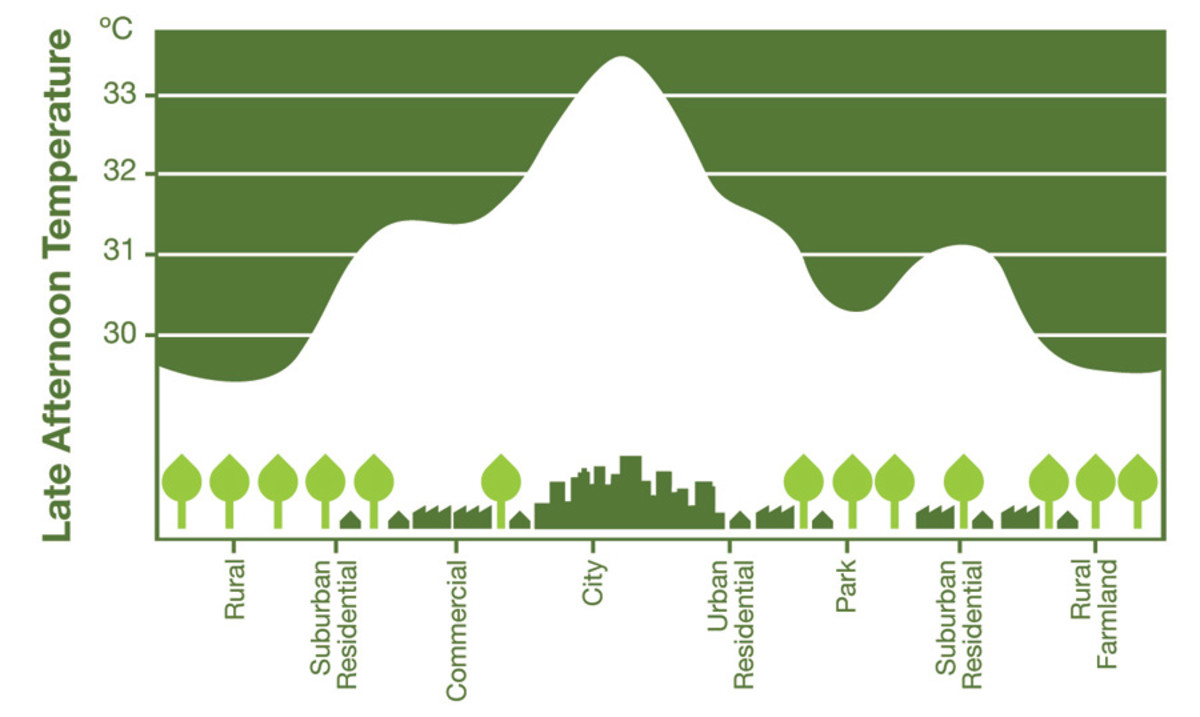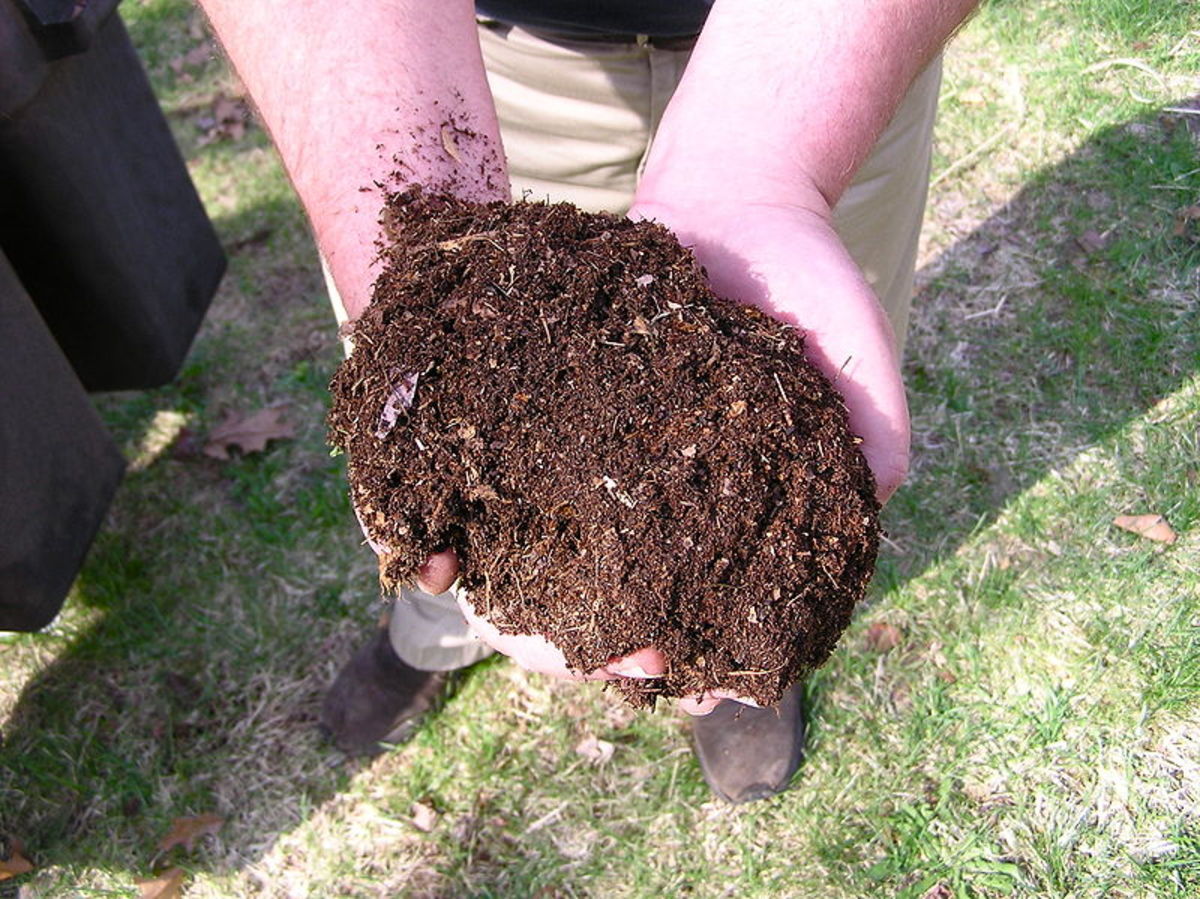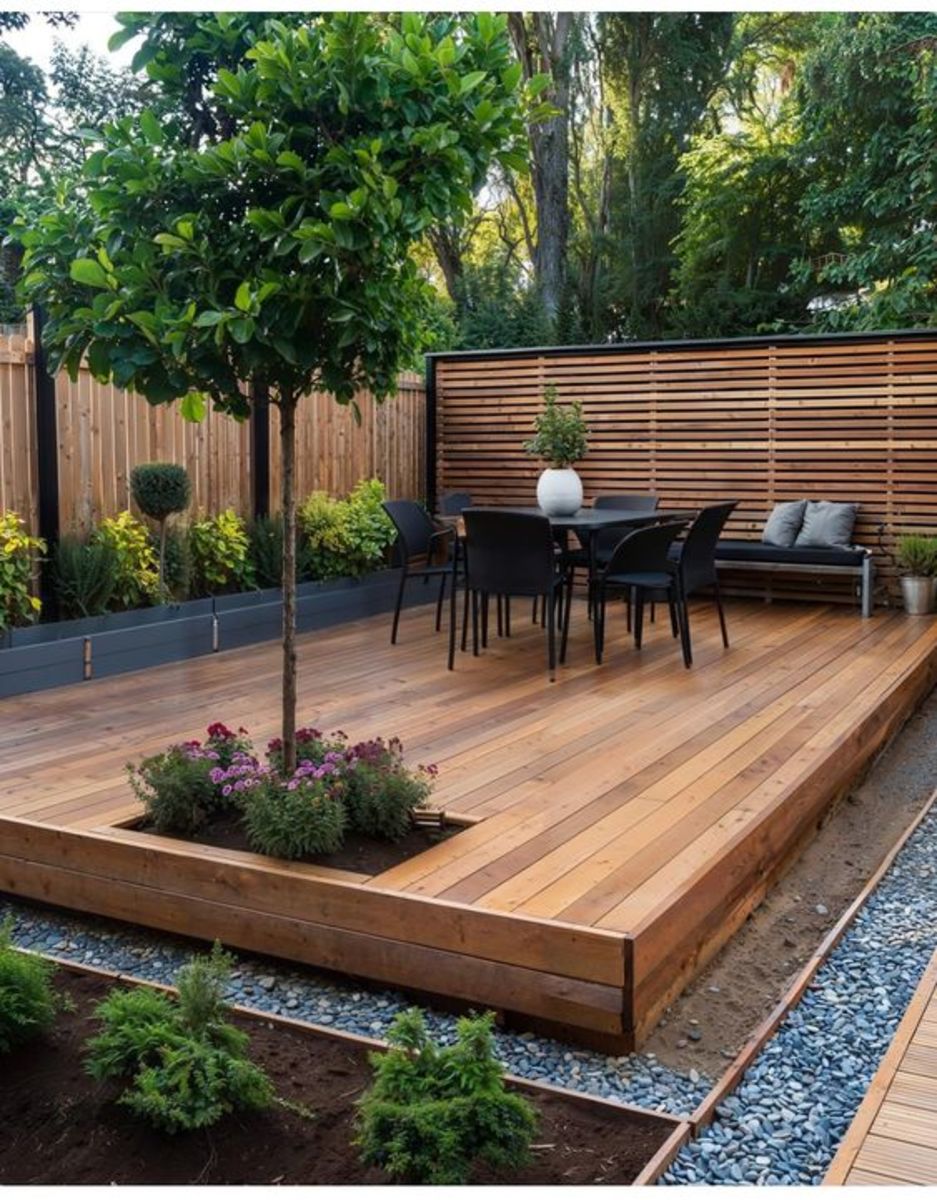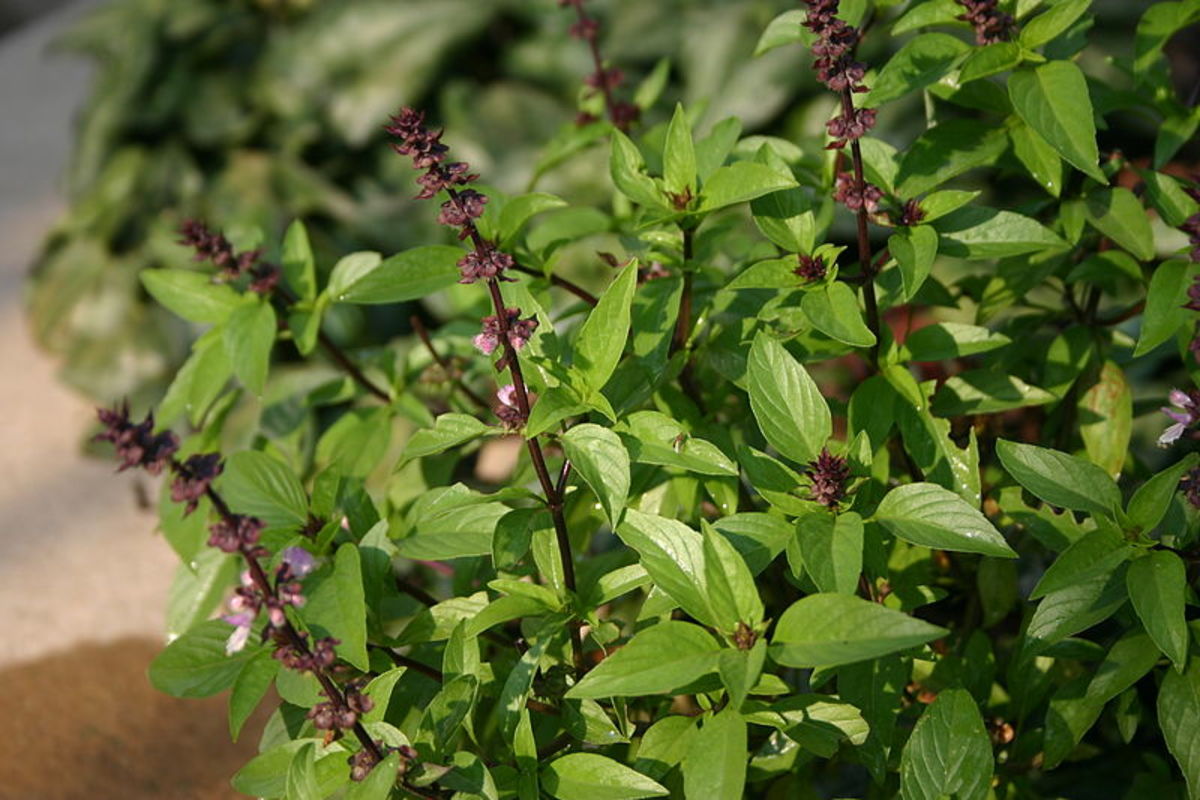Indoor Green House Gardening
Green House - Controlled Planting Conditions
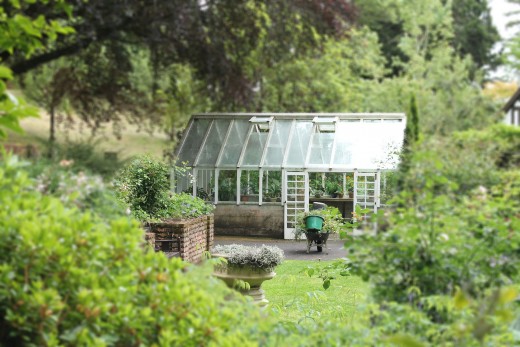
Bad weather, overused or inadequate soil conditions, insects, pests, birds, rabbits, deer, other critters, physical limitations, and other miseries created by nature are reasons for building a green house for the avid gardener.
Are you passionate about gardening? Do you love watching seeds, bulbs, or young plants grow and mature into beautiful flowers, fruits, or vegetables?
The four seasons of the year offer an array of flora. Different varieties offer challenges which are greeted with enthusiasm as we look forward to the end results of our labor and nurturing. The beautiful blossoms, the edible crops, and the surprise outcome of other vegetation rewards our heart and soul.
As beautiful and rewarding as gardening can be to your green soul there is always the ongoing battle between our desires and mother nature. This is the major reason for providing a green house environment for plants. This structure helps the plants to grow healthy and abundantly under controlled conditions.
Glass Covered Green House
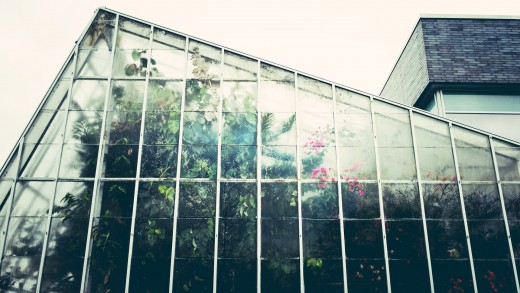
3 Basic Types of Green Houses
There are different designs for these structures. But, regardless of the many choices there are basically three basic concepts. Your choice depends on usage, space, utilities, and plant selection.
-
Cold Frame Boxes: Portable framed boxes which service seedling or plants to become stronger or acclimated to withstand an environmental change before being transplanted into the traditional garden.
-
Lean-To Greenhouse: The lean-to green house is a three-sided structure which is attached to the side of a stable building, a wall, or a fence. Its design presents the appearance of a half-house with a slanted roof and three sides covered with plastic, shade cloth, or glass.
-
Free standing building: A permanently constructed building for the serious horticulturist.
There are many green house plans or blueprints with different styles of roofs, shapes, sizes, and colors. You may choose to build your own creation or purchase a prefabricated kit. Technological advances have produced an assortment of materials from which to construct these structures.
There are new inventions and methods to include plumbing and electrical features which may be operated manually or automatically for watering systems, air conditioning, lights, heat, and fans. Many of the modern gardening tools are durable and light-weight.
The plants are grown at table height or hanging. No more aching back, arms, legs, or knees from heavy bulky tools which are needed to shovel, hoe, and rake in traditional gardens. One can also sit on a stool for more comfort when working with the plants.
Interior View Of Commercial Green House
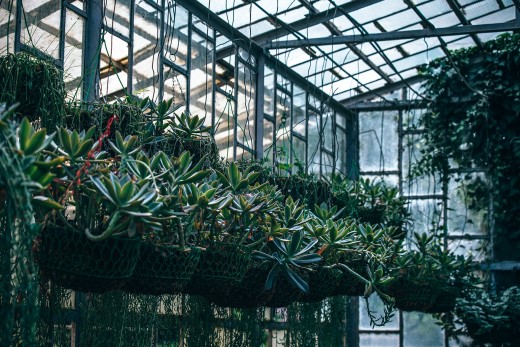
Green House Planning List
Before you plunge into building or purchasing the desired structure. This is a list to review before doing so.
- Zoning requirements
- Residential building codes and other permits
- Size of building site
- Utility access
- Pathways for hauling supplies or access to other gardens
- Green house style and size
- Type of construction materials – wood, PVC piping, or aluminum
- Floor foundation
- Type of roof
- Windows and doors
- Storage and shelving
- Polyethylene, poly carbonate, or green house glass
- Accessories
There are two more questions to ask yourself. Are you entertaining the thought of a do it yourself project or purchasing a ready made structure? Will the green house be portable or permanent? These last two questions determine costs.
Orchids Growing in Green House
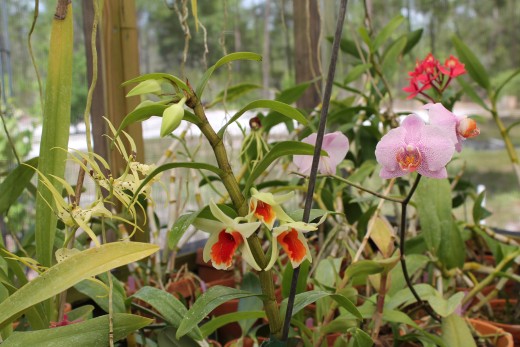
Our Green House Selection
We decided to build our green house as a free standing building. The flooring is the earth which has been lined with plastic and covered with gravel. The building is treated wood, and polyethylene sheets are used to cover the sides. The roof is lined with clear poly carbonate roofing panels. The lower half of the greenhouse is lined with sheets of wood. The top half is screened.
During the months when temperatures are at 50 degrees or less we insert portable frames which have been mounted with 6 mil polyethylene sheets into the windows. The temperature control for the orchids are maintained with the combination of a heater and the plastic enclosed windows. This keeps the orchids at a healthy temperature and humidity to meet their warmth and moisture requirements.
There are hanging rails, shelves at different levels to accommodate different pot sizes and water intake.
A sink was placed in the interior to make cleaning easier. The watering system is automatic with a timer.
There are also shelves for storing plant supplements, fertilizers, etc. A work bench was included for ease of transplanting and other plant maintenance.
This do it yourself construction has worked for us. In truth, we took a month or two to think about the design, size, and location. We also included a design which would enable additions.
The turning point for investing in a greenhouse was because of plant destruction by weather, squirrels, cats, and roaches. For us, it was very cost effective to construct this building versus plant losses.

